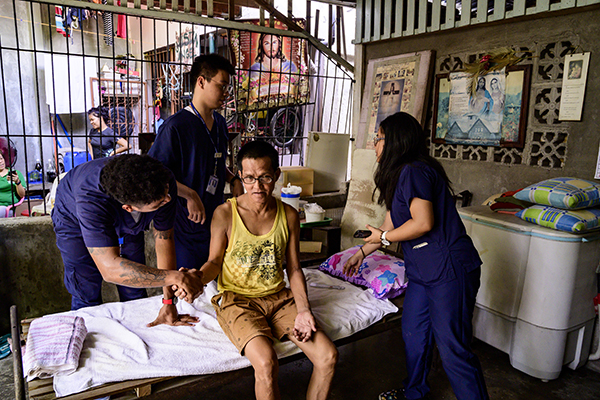
The past few years have seen a growing interest across the research and policy worlds in the concept of co-production. This is a model of research in which researchers and key stakeholders collaborate, bringing different expertise to address shared problems. Key stakeholders can be patients, the public, clinicians, service providers or policy makers who work together with researchers to develop the agenda, design and implement the research, and interpret the results.

Co-production is seen as having the potential to improve the relevance of research and increase its impact on policy, service provision and practice. However, as yet, this is more of a hope than a proven reality, as there have been few evaluations of whether co-production does in fact lead to better outcomes.
There is no doubt it’s a messy process that needs more resources and takes longer – and it often seems to mean different things to different people. If we move towards more co-production, how can we do this well? Under what conditions does it work best, how should the relationships be established, what kind of funding mechanisms are needed?
The Sax Institute has a long-term interest in co-production – our work with Aboriginal controlled community health services (ACCHSs) through our SEARCH program has taught us a great deal about how to co-produce research with Aboriginal communities and is well documented in a paper whose lead author is Simone Sherriff, Research Officer at SEARCH. The Prevention Centre – which is administered by the Sax Institute – is also established on core principles of co-production.
Recently, we had the privilege of being part of a special issue of the BMJ on co-production, focused on issues in low- and middle-income countries. In their editorial, Sax Institute CEO Professor Sally Redman and her co-authors emphasise that trust and long-term relationships are essential to effective co-production. The editorial also notes that co-production will be heavily influenced by the context in which it occurs – what works to support co-production between policy agencies and researchers may be different from that between communities and researchers. There is much we can learn from work in low- and middle-income countries where co-production may be the only way to undertake research.
March also saw the initiation of a co-production initiative through the Sax Forum. Interested Members came together to hear a stimulating presentation from Professor Nick Mays of the London School of Hygiene and Tropical Medicine (many of the points he made can be found here) and to begin identifying critical issues to improve practice in co-production.
There is no doubt that co-production is still a work in progress, but it offers hope for a more effective means of translating evidence into policy and practice.
Read the full BMJ issue on co-production.
Find out more about the Sax Institute’s co-production initiative.





